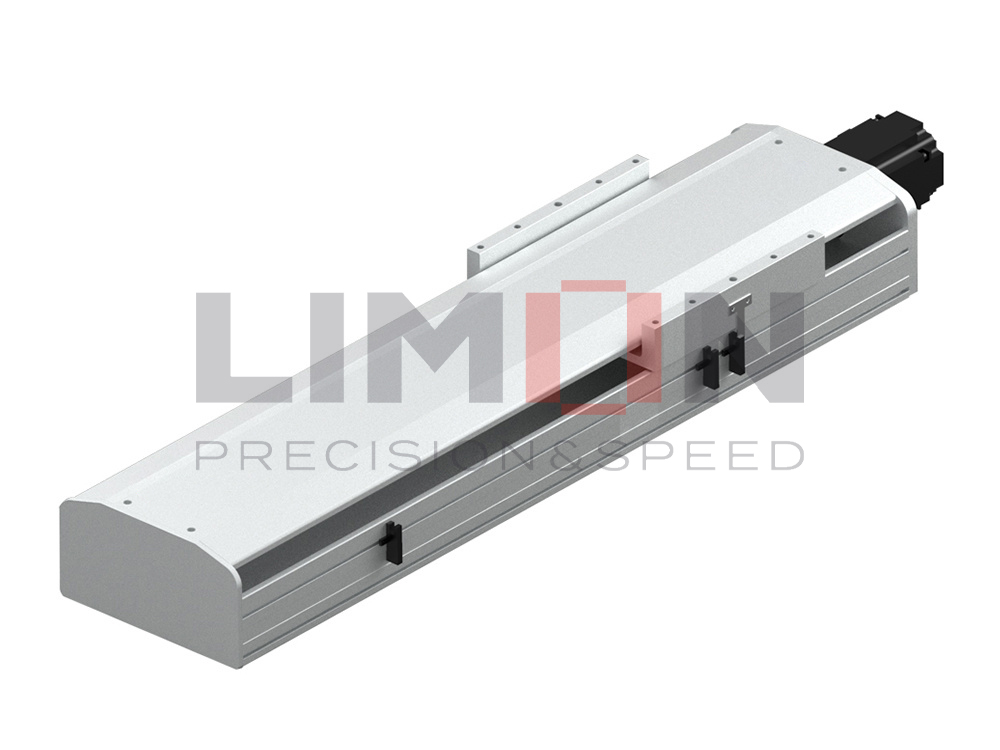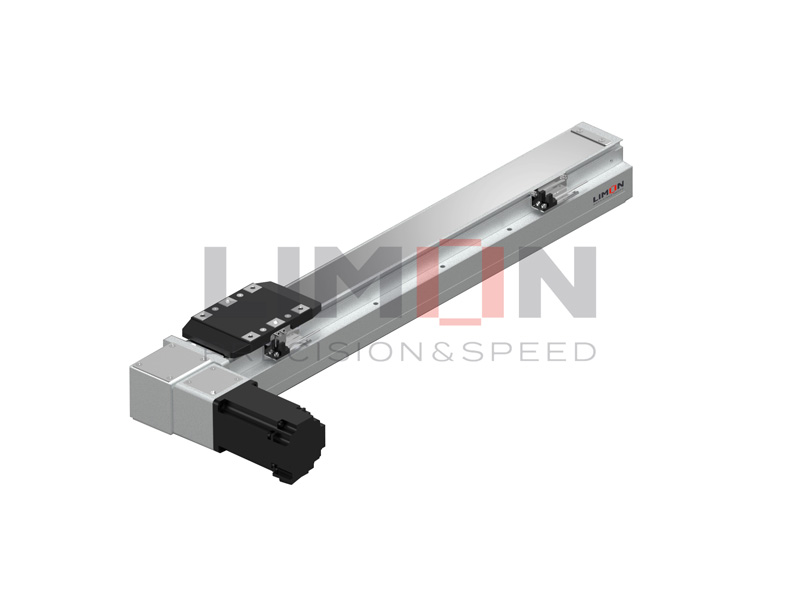Poorly maintained ball screws can lead to production downtime, reduced accuracy, and costly repairs. Identifying problems early and applying proper solutions ensures smooth, long-term operation.
Ball screws, vital for precise linear motion, can suffer from clearance issues, awkward movement, or total failure. Understanding the causes, analyzing the root problems, and applying targeted solutions ensures optimal machine performance.
Read on to discover the most common ball screw problems and how to solve them effectively.
Common Problems, Causes, and Solutions Overview
| Problem | Possible Causes | Effects on System | Recommended Solutions |
|---|---|---|---|
| Excessive Clearance | Wear, poor preload, manufacturing defects, debris | Positioning errors, reduced repeatability | Regular preload adjustment, lubrication, part replacement |
| Awkward Motion | Misalignment, poor lubrication, contamination | Jerky movement, noise, reduced accuracy | Proper alignment, lubrication, cleaning |
| Disintegration | Overload, contamination, corrosion, lack of lubrication | Total failure, downtime, costly repairs | Preventative maintenance, load monitoring, early overhaul |
Excessive Clearance
Excessive clearance, also referred to as backlash, occurs when there is too much space between the ball nut and screw threads. This can result from wear, insufficient preload, or poor manufacturing tolerances. In precision machinery, even small amounts of backlash can cause significant positioning errors, especially in CNC machines or robotics where repeatability is critical. The primary causes include long-term wear due to insufficient lubrication, contamination with debris, and operating the screw beyond its designed load limits.
Solution: Regular inspection, maintaining correct preload, and using high-quality lubricants can help. In severe cases, replacing the ball nut or screw is necessary.
Awkward Motion
Awkward motion refers to irregular, jerky, or noisy movement during ball screw operation. This is often linked to poor lubrication, contamination, or misalignment. When a ball screw is not properly aligned with its support bearings and load path, uneven forces are applied, leading to vibration and reduced efficiency.
Solution: Ensure proper alignment during installation, keep lubrication consistent, and clean the system regularly. If the problem persists, check for bent shafts or damaged ball recirculation paths.
Disintegrate
Complete disintegration is the most severe ball screw failure. It can be triggered by a combination of factors such as extreme overload, severe contamination, corrosion, or prolonged lack of lubrication. Once the ball screw disintegrates, balls may spill out of the nut, threads can strip, and the entire assembly may seize. This usually results in catastrophic machine downtime and expensive repairs.
Solution: Preventative maintenance is key—monitor load conditions, avoid contamination, and schedule timely overhauls before components reach their wear limits.
Conclusion
Addressing clearance, motion irregularities, and catastrophic failures early extends ball screw life and ensures precision performance.For further questions please contact [email protected]





